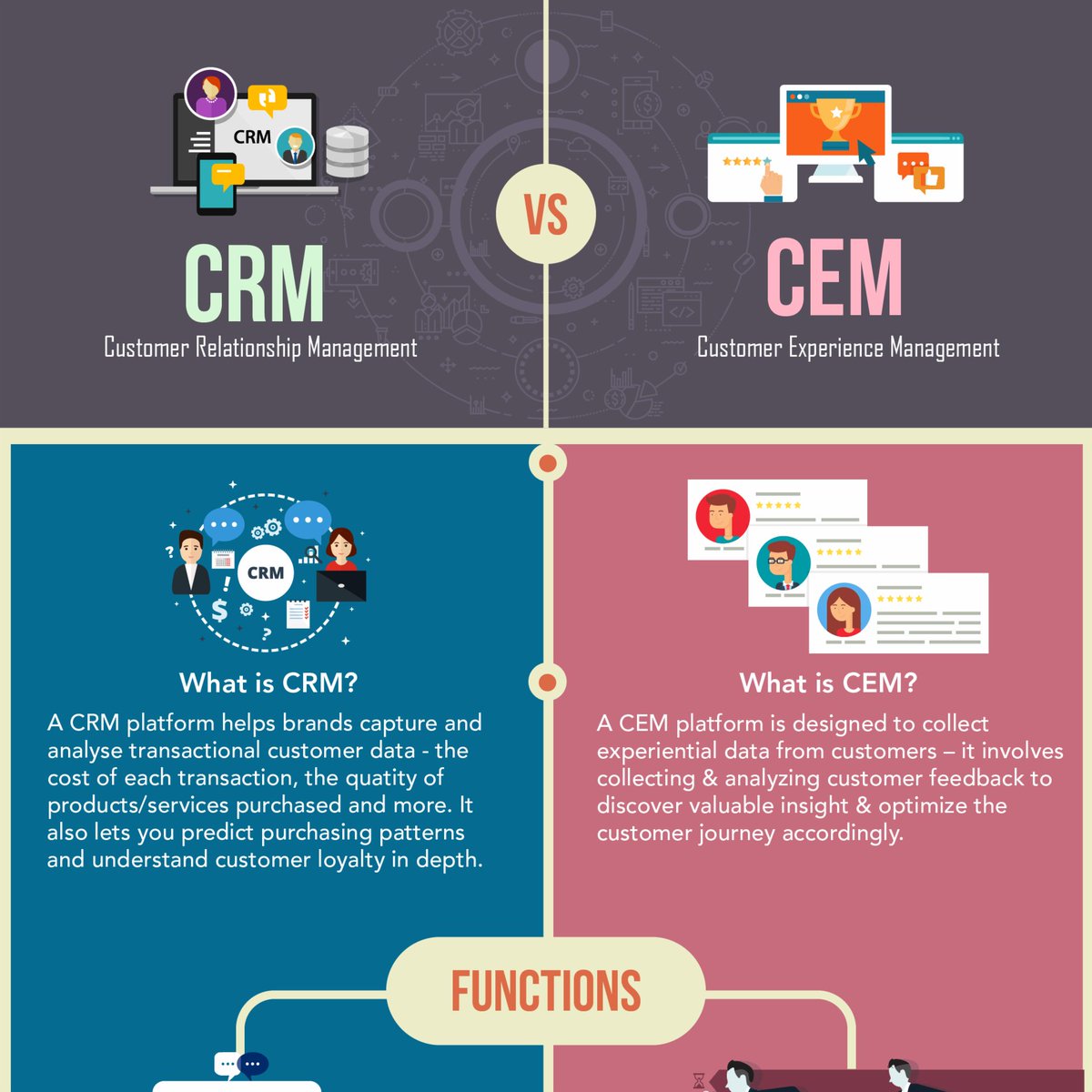
Five business crucial cornerstones for your CRM department
These are my five succinct tips for evolving your CRM department and data from “email” to a tool for insight and increased revenue for your brand and business.
[line]
1/ Integrate CRM data with your digital marketing to increase relevance & cut markering costs
Both for re-targeting/markering and finding twins/look-a-likes. This article covers how you can use your CRM data to use your marketing budgets more effectively in more detail.
CRM is short for customer relationship management – and it’s is not email! CRM is relevant for all on and offline channels in some way and using existing customer data helps you be more relevant in markering and communication. Targeting the right customers in the right channels and finding ways to expand your customer base by using the look-a-like method mentioned above helps you be more effective in growing your business.
2/ Use customer life time value to identify the customer segments you should be spending your time and money on
Take note from the B2B business world, who are very skilled at identifying the value of each customer account. Even if you operate in the B2C or B2all business spectrum, calculating and assigning value to each customer based on average order value in relation to average customer life span with your company is key to ensuring you are targeting the right customers in your marketing. Also helpful in identifying if you spend other company resources in an effective and meaningful way.
CLV can also be used as a blueprint for building segmentation models for finding twins/look-a-likes of your most profitable and loyal customers – you want more of these!
3/ Eliminate customer churn
Reduce your attrition rate by identifying specific KPI’s to measure customer engagement and activity over time. For example you can use specific time periods and put automated actions in place using pre-defined actions, designed to initiate engagement or actions. But know where not to automate and when to use real human interaction.
Defining a easy to use model, for your customer engagement can be useful, such as acquisition, engage, validate, and re-engage.
4/ Design moments that matter – use data to help your customers in their path to purchase – and after – delight and be helpful
Use the customer data you have to be more relevant in terms of supplying the right information, at the right moment, to the customer when they are making a decision for a purchase. But it does not stop there. Let’s say you work for an airline company. How can you be of assistance after a purchase – but still there when a customer is having an experience with your company? you can help the customer find the airport, navigate to the right check-in and bagage drop as well as navigating to the taxi area or closest local transport service upon their arrival. The reason behind being helpful is that you take responsibility for the entire open customer journey, not just up to the actual purchase. Beyond that, you can reach out for feedback and the customers opinion of their experience and use the information in their next interaction with your company.
5/ Improve insight to customer service department
Your customer service department is key in supplying that effortless customer experience.
Ensure that if a customer contact your customer service team, that the customer in question, has to supply as little information about themselves as possible to get the assistance they require.
If you have purchase or booking data, even browsing data (for key pages on your website) and preferred way to be contacted – either it be text, email, phone or social media. Use that information to help your customer department to craft a better experience for the customers when they contact your company.
[line]
Image borrowed by: CloudCherry – view the entire infographic over here
